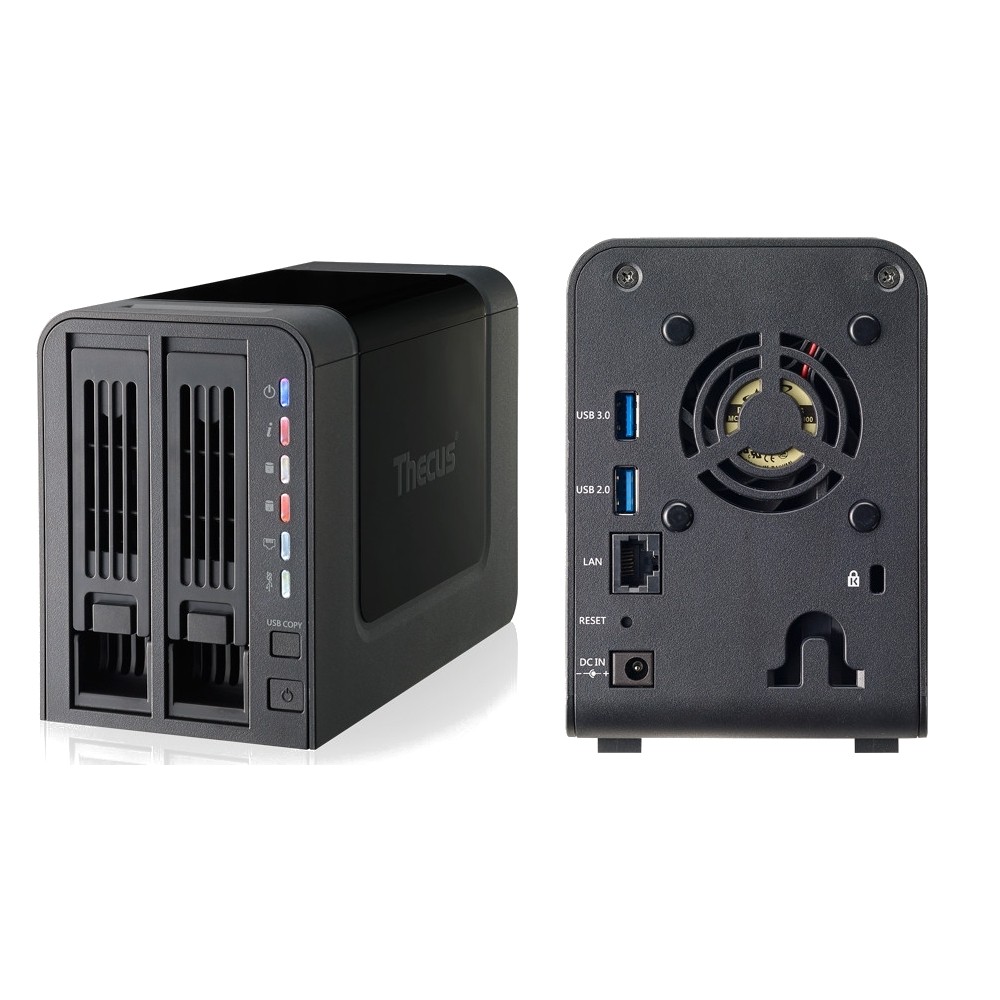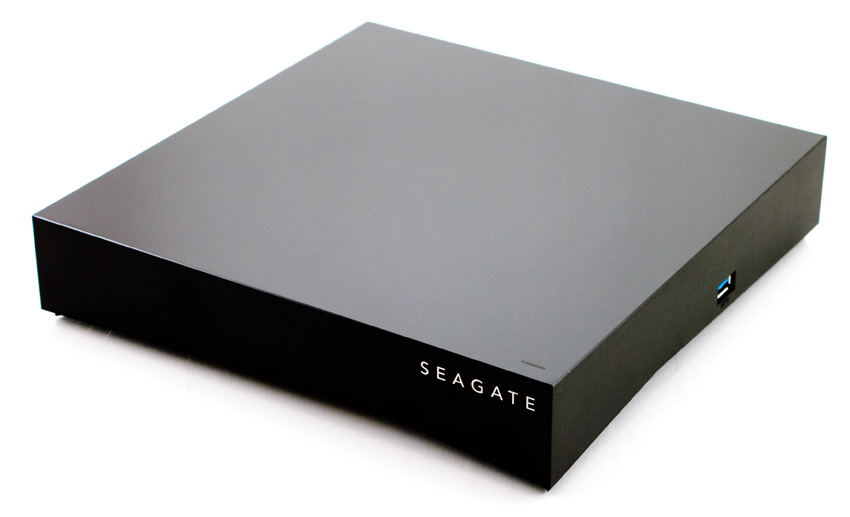

Bottom line: TB is NOT the only way to be able to store and edit 4k video. Check the NASCompares channel on YT - this guy knows everything about NAS options. Just understand that the faster the transfer rate, the more expensive things get in general. Some NAS units even have capability to store in "legacy" HDDs, but deliver data transfers way above what is needed for 4k editing by utilizing M.2 ssds for cache and whatnot. RAID 5's distributed parity provides the most reliable and cost-effective data protection, with an additional disk. This RAID level combines the speed of RAID 0 with the data protection of RAID 1. This powerful little NAS storage features protection from accidental data loss as well, making your files safe in the case of an emergency. RAID 5 is the most common and widely utilized configuration in enterprises and NAS systems. Moreover, it has three USB 3.0 ports and a dual-core processor with a transcoding engine and AES-NI encryption acceleration. Also, QNAP (Synology's competitor) has "pro-sumer" options with 10bge connectivity built in, and many other NAS options that can be outfitted with 10gbe via built in pcie card slots. The Synology 2 measures 9.14 x 4.25 x 6.5 inches, so it can fit in any home office.

But a DIY NAS allows for flexibility in the budget, as. There are a number of nice, cost-effective NAS available to purchase from companies such as QNAP, Synology, and iXsystems. However, I would not necessarily discount a NAS with 10gbe connectivity, especially since Studio has built in 10gb ethernet port. One of the key benefits of a home NAS is that files don’t need to be stored on the public cloud, allowing for enhanced security and zero monthly subscription fees. I agree that since Mac Studio has TB4, a TB-ready DAS would be the easiest route. The NAS/DAS world is difficult to navigate, particularly because there are so many variables.


 0 kommentar(er)
0 kommentar(er)
